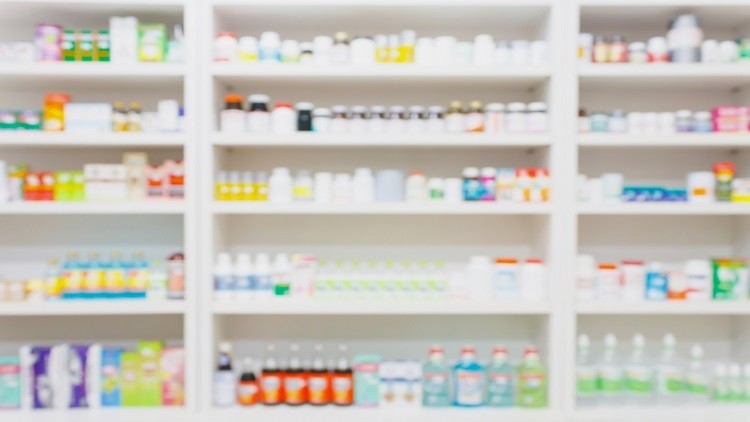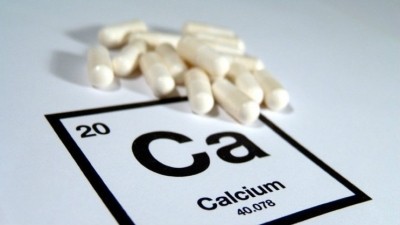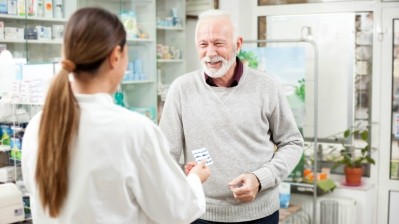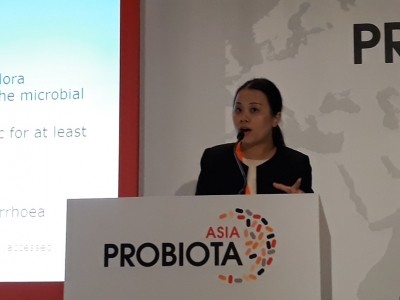Pharmacies have potential to become important channel for China supplement sales: Commerce chief

Overseas brands, however, would need to secure the required approvals, such as going through '"blue hat" registration before they can enter China's brick-and-mortar stores.
More than a fifth (23%) of supplements and functional foods in China are sold via pharmacies, which is now trailing behind e-commerce platforms by just one percentage point, said Zhang Zhong Peng, director of the China Chamber of Commerce for Import and Export of Medicines and Health Products (CCCMHPIE).
Speaking at the Health Products Association Summit held in Shanghai last week, he said that pharmacies have the potential to become an "important" sales channel for supplements and functional foods from overseas. Most of these, due to the complexities of securing local regulatory approvals, are currently entering the market via cross-border e-commerce.
He highlighted that there are 440,000 pharmacies in China, most of which are situated in major cities: "One is able to find a pharmacy store every 100 to 200 metres. Pharmacies are the closest to the community and consumers."
Non-medical products have brought in more than 50% of sales profits for the pharmacies in China, and Zhang believes that they will emerge as an important channel for sales of supplements and functional foods.
However, pharmacies would also need to "transform", because while 81.8% of their revenue comes from medical products, non-medical products have contributed to more than half of their profits.
"Pharmacies nowadays are struggling to survive. In overseas (markets), such as Japan and Australia, non-medical products account for most of the product sales, but in China, it is different. That's why many pharmacies are facing the problem of re-transforming the business. According to my research, 80% of products sold in the pharmacies are medical products."
Echoing this view, TSI's Australia MD Ross Norris advised foreign enterprises to adopt a multi-platform selling strategy instead of relying solely on e-commerce, adding that pharmacies would be a crucial channel.
"I think the tendency of Chinese consumers to want personal referral for products would mean that ultimately, pharmacies will provide a really important role in product adoption.”
To prevent individuals from using healthcare cards to buy daily necessities instead of medical products, Chinese authorities have limited the number of non-medical products sold in pharmacies.
Blue Hat registration
Speaking at the Summit, Dr Wendell Wei, director at China Gate Consulting highlighted that the “blue hat” registration process is complex, and “almost no health food products” have been approved from 2016 till now.
He explained that the “blue hat” registration process usually takes two to three years, and fees as much as US$110k to US$170k would be incurred in the process.
To register, companies will need to state the functions of their products and prepare product sample. These firms must also have factories overseas, which would be examined by the Chinese authorities.
Moreover, products that are registering for the “blue hat” label would need to be on sale for one year in the country of production.
Most popular health concerns
Immunity boosters, nutritional supplements and products that relieve physical fatigue form more than half of China's nutraceutical product market.
Of the three, immunity-boosting products are available in the highest number, with 5,137 types of such products in the market, followed by nutritional supplements (3,479) and products that relieve physical fatigue (2,237), according to Zhang.
The remaining market share is made up of products meant to regulate blood lipid levels, provide antioxidants, reduce blood pressure, improve sleep disorders, and enhance bone density.
The import of nutraceutical products is on the rise, with a CAGR of 20.5% between 2008 and 2017.
The import figure grew from $1,537.5m in 2016 to $2,188m last year, the steepest growth experienced in the last 10 years; US, Australia and Germany are three of the biggest importers.
Most of the imported products went to Shanghai (22.57%), followed by Zhejiang (22.44%) and Guangdong (22.2%).
Notably, Tianjin and Zhejiang are two of the fastest-growing cities for imported products. They saw year-on-year growth of 185.06% and 139.38% respectively, from 2016 to 2017.












